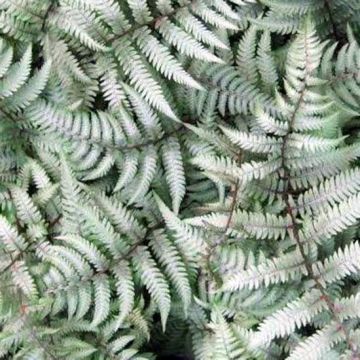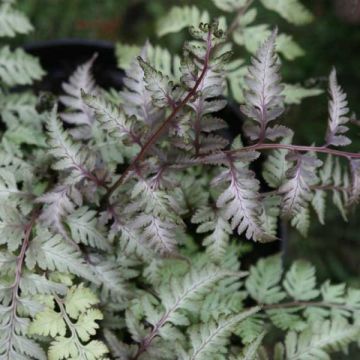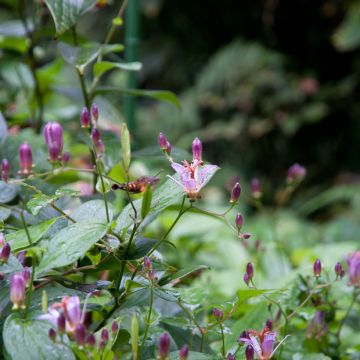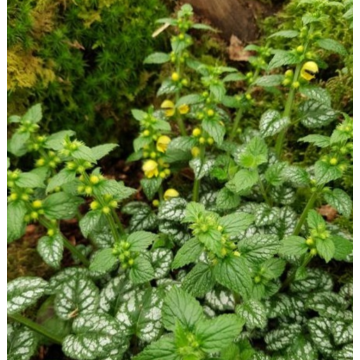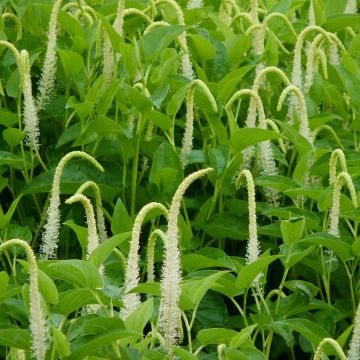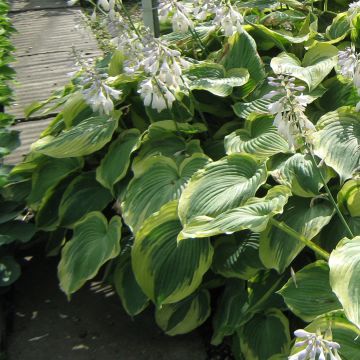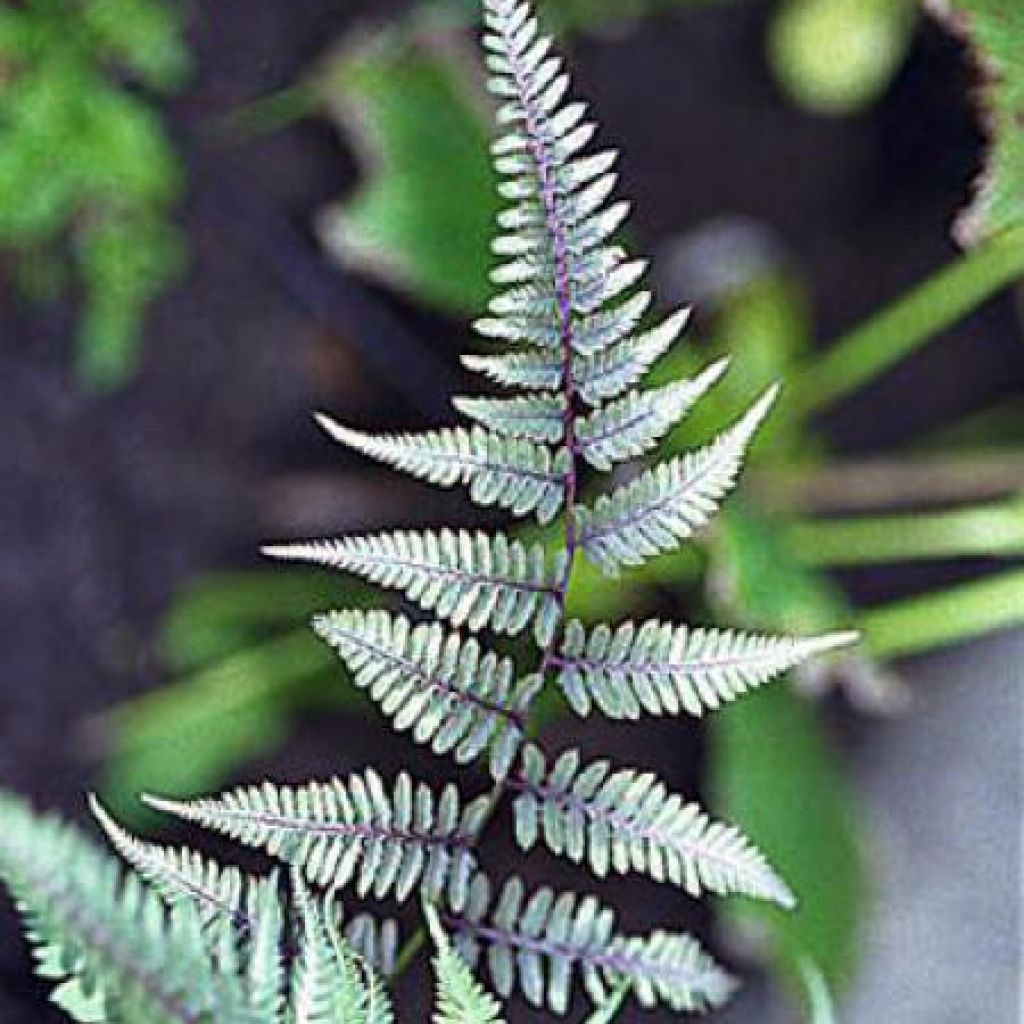

Athyrium niponicum var. pictum Metallicum - Painted Fern
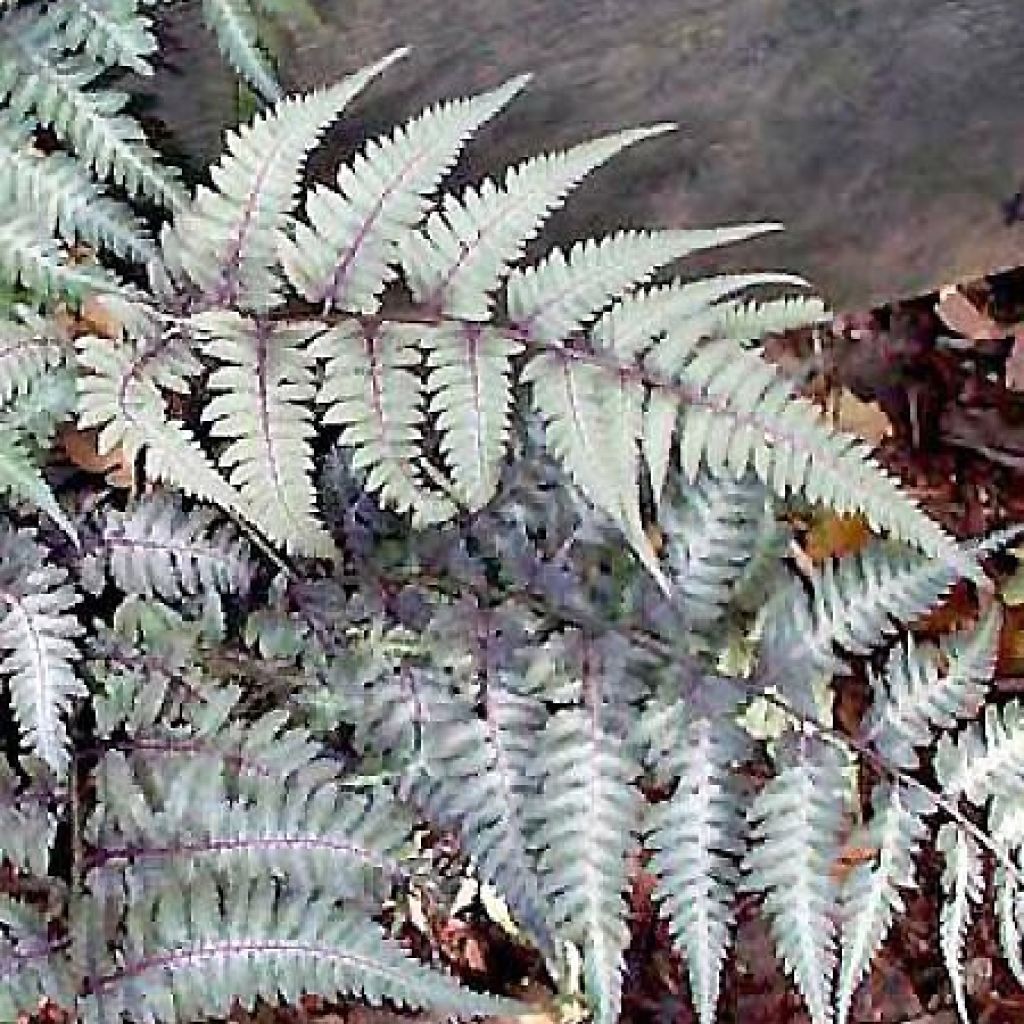

Athyrium niponicum var. pictum Metallicum - Painted Fern


Athyrium niponicum var. pictum Metallicum - Painted Fern
Athyrium niponicum var. pictum Metallicum - Painted Fern
Athyrium niponicum var. pictum Metallicum
Japanese Painted Fern
The plant arrived broken, it is struggling to recover, a pity.
Michèle , 29/10/2024
Why not try an alternative variety in stock?
View all →This plant carries a 12 months recovery warranty
More information
We guarantee the quality of our plants for a full growing cycle, and will replace at our expense any plant that fails to recover under normal climatic and planting conditions.
From €5.90 for pickup delivery and €6.90 for home delivery
Express home delivery from €8.90.
Delivery to Corse prohibited: UE law prohibits the import of this plant from mainland France to Corse as part of the fight against Xylella fastidiosa. Please accept our sincere apologies.
More information

Does this plant fit my garden?
Set up your Plantfit profile →
Description
Athyrium niponicum var. pictum 'Metallicum' is commonly called the Painted Fern because of the beauty of its foliage. Its fronds, with variegated appearance, display various metallic shades ranging from blue to purple and silver on a green background, a colour enhanced by purple veins and stems. Of medium size but vigorous, this variety grows in a large spreading clump and can eventually colonise a permanently wet area if the conditions are met. This collector's plant is a gem for surroundings natural ponds or damp woodlands.
The Painted Fern 'Metallicum' belongs to the family of Athyriaceae (Dryopteridaceae). It is considered synonymous with the species Athyrium niponicum var.pictum, native to Japan, Taiwan, Korea, and northern China. Generally slow-growing in the garden, this fern reaches a height of 40 cm (16in) with a spread of 45 cm (18in). Once established, it becomes rather robust. The above-ground, deciduous vegetation forms in spring and disappears in winter.
Athyrium niponicum 'Metallicum' forms a clump with a branching and spreading habit from a central point. The young fronds appear painted with a mix of purple and silver, with metallic hues. The mature fronds, 25 to 45 cm (10 to 18in) long, are bipinnate, pendulous, triangular, and dentate. The rachis (central vein) and secondary veins have a purple hue. The fronds are pale green, widely marked with blue, purple, and silver areas. This variety has a trailing, scaly, reddish-brown rootstock.
Plant Athyrium niponicum 'Metallicum' in humus-rich, moist to damp, neutral to slightly acidic, but well-drained soil. It is primarily a plant for dappled light and moist soil, or partial shade, which will reach its full potential in very fresh woodlands or around water features. It also thrives in rockeries with rich soil and partial shade, where it can reach impressive dimensions over time. It pairs beautifully with Corydalis, hostas, actaea, Solomon's seals, lily of the valley, brunneras, and trilliums. It adapts well to growing in large pots, in shade, with regular fertiliser, allowing you to enjoy its refined and luminous foliage up close.
Athyrium niponicum var. pictum Metallicum - Painted Fern in pictures


Foliage
Plant habit
Botanical data
Athyrium
niponicum var. pictum
Metallicum
Athyriaceae
Japanese Painted Fern
Cultivar or hybrid
Other Athyrium
Planting and care
Plant Athyrium niponicum 'Metallicum' in humus-rich soil, that is moist to fresh, neutral to slightly acidic, but well-drained. The foliage will tend to deteriorate and dry out if the soil becomes too dry. This perennial will thrive in not too dense shade or in a semi-shade. It prefers a sheltered situation away from strong winds. If one wishes to accelerate the growth of this plant, it is essential that it is planted soil that remains moist throughout the season. Its growth will then go from slow to almost fast. The foliage slowly dries out from November onwards, but it should not be cut before the end of March, as it protects the stump. During the first year of cultivation, it is necessary to ensure young plants are watered to help them to establish. This fern may be susceptible to rust.
Planting period
Intended location
Care
-
, onOrder confirmed
Reply from on Promesse de fleurs
Shade-loving perennials
Haven't found what you were looking for?
Hardiness is the lowest winter temperature a plant can endure without suffering serious damage or even dying. However, hardiness is affected by location (a sheltered area, such as a patio), protection (winter cover) and soil type (hardiness is improved by well-drained soil).

Photo Sharing Terms & Conditions
In order to encourage gardeners to interact and share their experiences, Promesse de fleurs offers various media enabling content to be uploaded onto its Site - in particular via the ‘Photo sharing’ module.
The User agrees to refrain from:
- Posting any content that is illegal, prejudicial, insulting, racist, inciteful to hatred, revisionist, contrary to public decency, that infringes on privacy or on the privacy rights of third parties, in particular the publicity rights of persons and goods, intellectual property rights, or the right to privacy.
- Submitting content on behalf of a third party;
- Impersonate the identity of a third party and/or publish any personal information about a third party;
In general, the User undertakes to refrain from any unethical behaviour.
All Content (in particular text, comments, files, images, photos, videos, creative works, etc.), which may be subject to property or intellectual property rights, image or other private rights, shall remain the property of the User, subject to the limited rights granted by the terms of the licence granted by Promesse de fleurs as stated below. Users are at liberty to publish or not to publish such Content on the Site, notably via the ‘Photo Sharing’ facility, and accept that this Content shall be made public and freely accessible, notably on the Internet.
Users further acknowledge, undertake to have ,and guarantee that they hold all necessary rights and permissions to publish such material on the Site, in particular with regard to the legislation in force pertaining to any privacy, property, intellectual property, image, or contractual rights, or rights of any other nature. By publishing such Content on the Site, Users acknowledge accepting full liability as publishers of the Content within the meaning of the law, and grant Promesse de fleurs, free of charge, an inclusive, worldwide licence for the said Content for the entire duration of its publication, including all reproduction, representation, up/downloading, displaying, performing, transmission, and storage rights.
Users also grant permission for their name to be linked to the Content and accept that this link may not always be made available.
By engaging in posting material, Users consent to their Content becoming automatically accessible on the Internet, in particular on other sites and/or blogs and/or web pages of the Promesse de fleurs site, including in particular social pages and the Promesse de fleurs catalogue.
Users may secure the removal of entrusted content free of charge by issuing a simple request via our contact form.


































